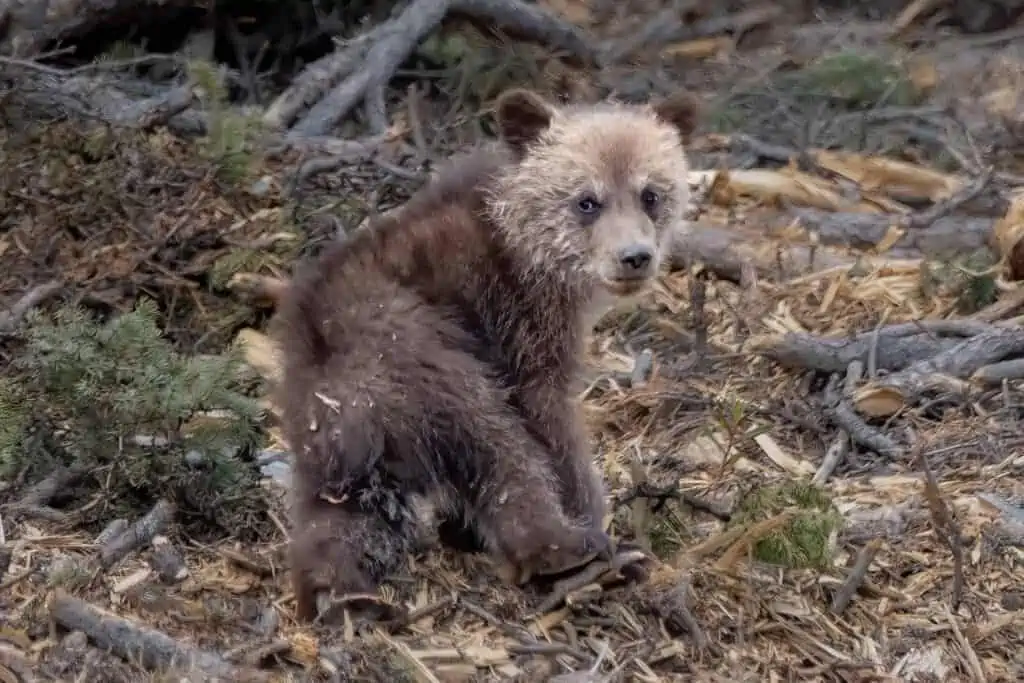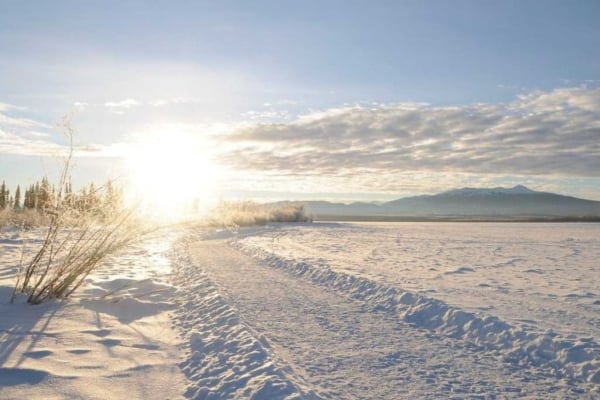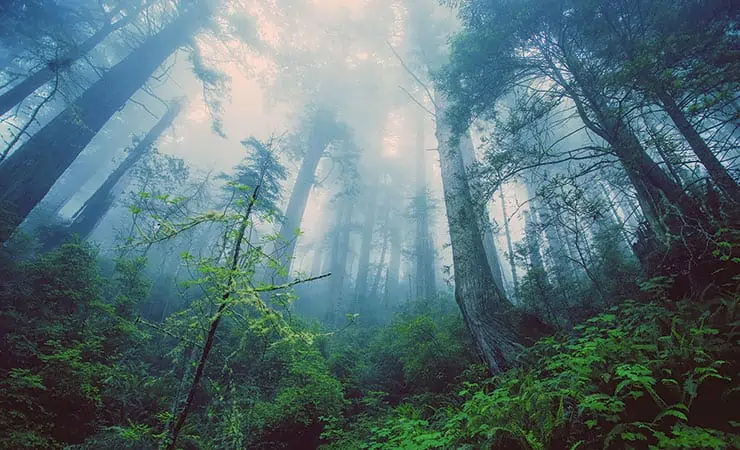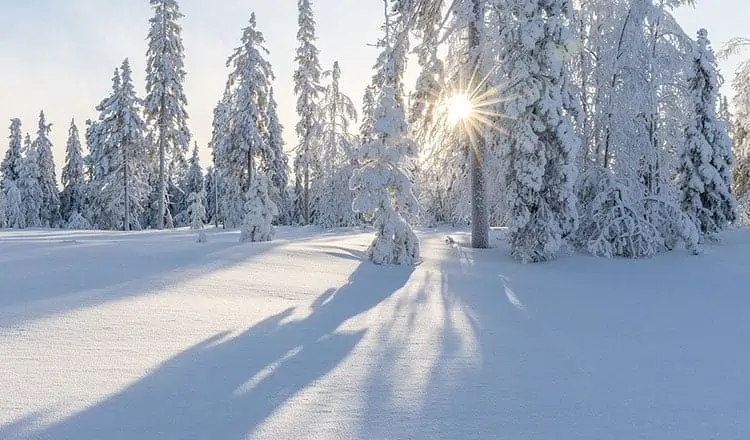Astronomy as a hobby can be challenging. You are always at the mercy of unpredictable weather, the local wildlife, and, especially, the bugs.
Two weeks ago I caught that nasty cold that was going around and was laid up for a few days. One night I was heading to bed around 2:30 in the morning, and as I looked out the hallway window there it was, an aurora show.
Being that I was sick as a dog, the smart thing to do would of been to pull up a chair and enjoy the view through the window. Naturally, I grabbed my always-ready-camera and headed up the ladder to the roof.
With a few scattered clouds drifting slowly overhead, the northern lights seemed to struggle to get noticed. The light show started with a greenish glowing cloud to the north, and then a couple of long slow arcs began to form up.
After 10 minutes a couple of light pillars began to form, but never developed into anything special. All the same it made for an enjoyable view.
That large greenish glowing cloud rested solidly over Grey Mountain while bands of aurora popped up and disappeared randomly across the night sky. Some of these pillars were bright enough to be seen even with a couple of bright local streetlights.
The show was over in roughly 30 minutes. I took 61 pictures, and yes, I did pay for it the next day.
Darkness is not happening until much later, as you have probably noticed, which of course cuts back on observing time. But, isn’t it nice not to have to bring parkas and all that winter gear? We are down to the last six weeks until the only observing will be reserved for the brighter planets, the moon and the sun.
All this being said, you will also notice that the summer constellations of Lyra, Hercules and Cygnus the Swan are up off the north eastern horizon by about midnight.
For northern astronomers this is the best of hunting grounds for deep-sky objects of every type.
First on the list is to locate the keystone shape of the constellation of Hercules. On the right hand side of the keystone, a quarter of the way down you will notice a fuzzy glow that is visible to the unaided eye. In binoculars it is a larger greenish glowing cloud, but in a three-inch or larger telescope individual stars can be resolved.
Now, in an eight-inch or larger telescope at high power the view is most impressive as the entire eyepiece is swimming with stars.
This is called the Great Hercules Globular Cluster, which is about 25,000 light years distant and is the brightest and finest globular cluster to see in the northern skies.
Also found above the keystone shape of Hercules is the often overlooked globular star cluster known as M92. This is another bright globular star cluster that can be easily found in binoculars but is best seen in a telescope.
Smaller in size than its famous sibling, M92 has a very condensed center, surrounded by many faint stars making for a most memorable sight.
While you are in the neighbourhood, you will notice another keystone shape resting on its side directly above Hercules.
This is the constellation of Draco, and the star that makes up the upper right corner is of particular interest because it is one of the best double stars seen in binoculars. It resembles a cat’s eyes—very cool!
Cygnus the Swan (also known as The Northern Cross) is our next stop on our cosmic journey. If all you have is binoculars or a wide-field telescope, then you are in for an amazing experience
Scanning the length of the body of the constellation you will find incredibly rich star fields, star chains and dark nebulae.
In large binoculars or a small telescope, locate the star at the bottom of the cross that makes up the constellation of Cygnus.
This is my favourite double star, named Albireo, which is 410 light years distant. A beautiful orange-and-blue star, floating in a star-rich background makes the view 3D.
This is just a sample of some of the dozens of deep-sky objects that can be easily seen in a pair of humble binoculars, or small telescope. Do yourself a favour and print off a quick star chart, head outside and take a look for yourself.
Clear skies!
James “Deep Sky” Cackette can be reached at [email protected]. See his photo adventures on Facebook at Yukon Night Skies.




